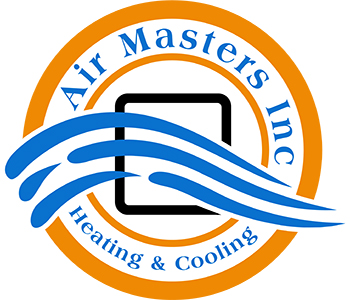
We spend lots of time inside. As a matter of fact, the Environmental Protection Agency (EPA) has determined being indoors makes up 90% of our schedule. However, the EPA also has determined your indoor air can be three to five times dirtier than outdoors.
That’s due to the fact our houses are tightly sealed to increase energy efficiency. While this is great for your utility expenses, it’s not so fantastic if you’re among the 40% of the population with respiratory allergies.
When outdoors ventilation is insufficient, pollutants like dust and volatile organic compounds (VOCs) might get trapped. As a consequence, these pollutants could aggravate your allergies.
You can improve your indoor air quality with crisp air and routine dusting and vacuuming. But if you’re still struggling with symptoms when you’re at home, an air purifier could be able to provide relief.
While it can’t eliminate pollutants that have settled on your couch or carpet, it can help freshen the air traveling across your house.
And air purification has also been scientifically verified to help reduce some allergic symptoms, according to the American College of Allergy, Asthma and Immunology. It can also be helpful if you or a loved one has lung trouble, such as emphysema or COPD.
There are two models, a portable air purifier or a whole-home air purifier. We’ll go over the distinctions so you can learn what’s appropriate for your residence.
Whole-House Air Purifier vs. Portable Air Purifiers
A portable air purifier is for a lone room. A whole-house air purifier accompanies your heating and cooling system to purify your complete residence. Some types can work by themselves when your heating and cooling system isn’t running.
What’s the Best Air Purifier for Allergies?
Seek an option with a High Efficiency Particulate Air (HEPA) filter. HEPA filters are placed in hospitals and provide the best filtration you can get, as they catch 99.97% of particles in the air.
HEPA filters are even more powerful when combined with an ultraviolet (UV) germicidal light. This dynamic blend can destroy dust, dander, pollen and mold, all of which are general allergens. For the ultimate in air purification, consider a unit that also has a carbon-based filter to reduce household smells.
Avoid getting an air purifier that generates ozone, which is the main element in smog. The EPA cautions ozone may worsen respiratory issues, even when released at low amounts.
The Allergy and Asthma Foundation of America has made a checklist of questions to think over when buying an air purifier.
- What can this purifier extract from the air? What doesn’t it remove?
- What’s its clean air delivery rate? (A higher amount means air will be freshened more quickly.)
- How often does the filter or UV bulb need to be replaced]? Can I finish that on my own?
- How much do spare filters or bulbs cost?
How to Reduce Seasonal Allergy Symptoms
Want to get the {top|most excellent|best] results from your new air purification system? The Mayo Clinic advises completing other procedures to decrease your exposure to problems that can cause seasonal allergies.
- Stay in your home and keep windows and doors shut when pollen counts are elevated.
- Have other household members mow the lawn or pull weeds, since this work can trigger symptoms. If you have to do these chores alone, consider using a pollen mask. You should also rinse off without delay and put on new clothes once you’re finished.
- Avoid stringing up laundry outside.
- Use air conditioning while at your house or while driving. Consider installing a high efficiency air filter in your home’s HVAC unit.
- Even out your house’s humidity percentage with a whole-house dehumidifier.
- Hardwood, tile or linoleum are the best flooring kinds for lowering indoor allergens. If your home has carpet, use a HEPA filter on your vacuum cleaner.
Let Our Pros Take Care of Your Indoor Air Quality Requirements
Want to move forward with installing a whole-house air purifier? Give our professionals a call at 360-205-7115 or contact us online to request an appointment. We’ll help you find the best equipment for your house and budget.

